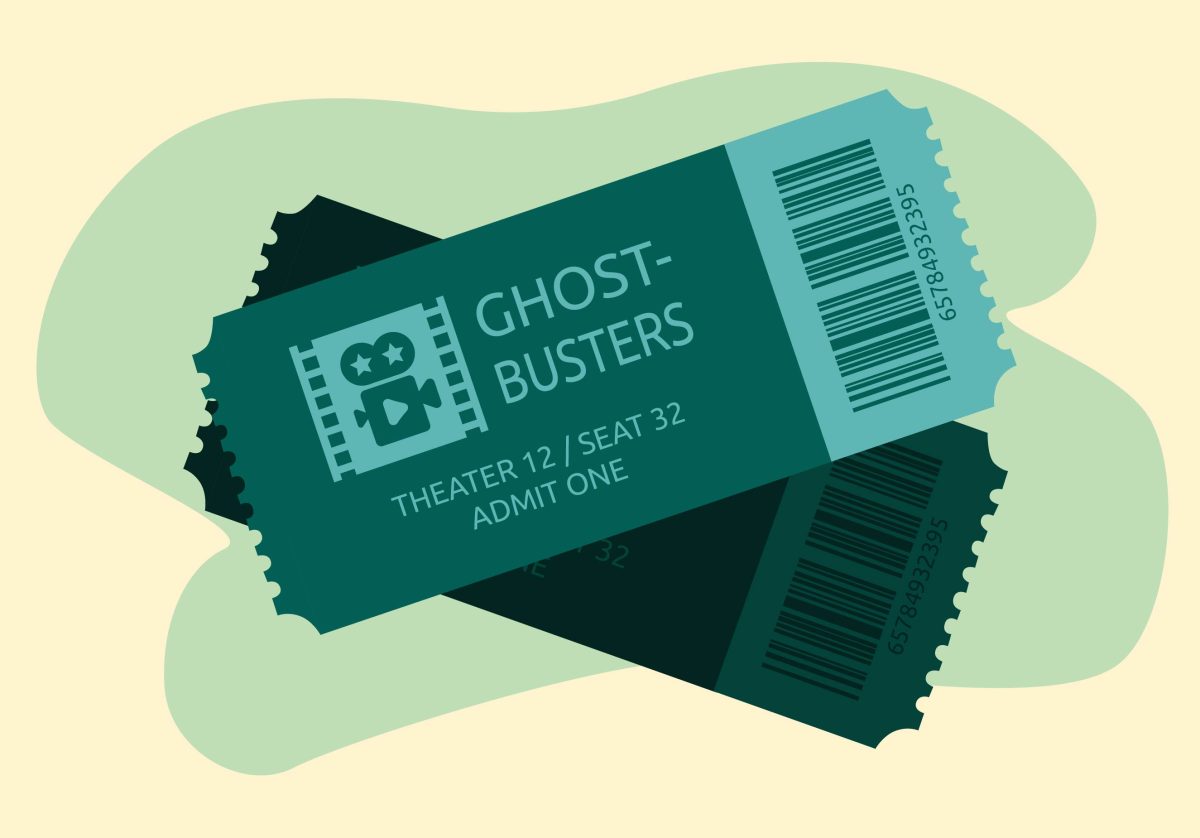Lost in Translation” is, on the surface, the kind of second film you want from Sophia Coppola, the visionary director of “The Virgin Suicides” and daughter of Francis Ford Coppola.
The movie is a technical wonder. Set in Tokyo, Coppola transforms the frenzied, neon-lit city into an infinitely malleable plaything for her precocious camera.
In it, she captures a peculiar love affair between Bill Murray, in his best form, and the alluring Scarlett Johansson (from “The Man Who Wasn’t There” and “Ghost World”) as they search for signs of familiarity in a strange land. She creates both golden silences and moments of elation as the “Lolita”-like couple lose themselves in this strange megalopolis.
It’s the type of filmmaking you ache for. It hurts. And you just want to sit there and breathe it in.
But wait. Before Coppola’s gorgeous camerawork and clever love story lull you into utter complacency, take a step back.
Sometimes the movies we want to love include moments or themes that threaten our affection for them. And more often than not, our eagerness to love certain movies can cause us to forget about these questionable moments. “Lost in Translation” is just such a movie.
But the film’s affliction runs deeper than just, say, a bad bit of dialogue.
What seems to be Coppola’s most blaring misjudgment comes directly out of the film’s sense of humor. “Lost in Translation” is often hilarious, but at times, the hilarity comes solely from the exploitation of cultural differences between Japan and the United States.
Because Coppola has proven herself to be an intelligent and talented director, we don’t expect this tasteless humor. You would not expect her to poke fun at the way Japanese people struggle with the phonetics of the English language. Is she testing the audience? Seeing if we will laugh when we know we should not? You would hope this would be the logic behind her decision to go this route, but the frequency with which she low-brows the humor suggests otherwise. It is sort of ridiculous to make fun of someone for struggling to speak English when their native language is so far from it. It is like laughing at someone for not being able to breathe in space.
Understandably, some of the humor is warranted. There is quite an absurdity to certain parts of Japanese culture. From their weird obsession with karaoke to their almost bizarre advances in technology – from the space age video arcades to the scary window blinds that retract without warning. And it’s undeniable that Japan’s relentless appropriation of Western culture has overshadowed the abilities of the United States, which was once so secure in its own capacity for co-optation.
So while all of those points might be fair game, constantly coming back to “Ha ha, Asians don’t speak good English,” is just lazy.
“Lost in Translation” does contain one particular scene that moves past insensitivity and onto borderline offensiveness. At a sushi bar, Johansson’s character complains to Murray about her bruised toe. Murray explodes into a strange and unexpected tangent about her black and blue toe, wildly suggesting that Japan is a place where you might find “black toe” and even asking the clueless restaurant’s cook if he serves it. Murray’s humorless tirade will make you squirm in your seat.
Unfortunately, there is another flaw that threatens to damage the film’s shimmering surface. One that almost tears down the opulence that Coppola’s gifted camera has created.
The director spends much of the film’s first half building the despair that Murray and Johansson’s characters dwell so shamelessly on. Both characters are locked in
dead-end marriages. In turn, we get various shots of each character moping around Tokyo’s lavish Park Hyatt Hotel.
Johansson, who has come to Japan with her photographer husband, is often left in her hotel room, teary-eyed and curled up on her windowsill, taking in the amazing view. Murray’s character, an A-list actor getting paid $2 million to do a Japanese whiskey commercial, is often found staring into nothing or fending off the prostitutes the hotel sends to his room as gifts.
Take a step back and you will realize that this film, while soaked in beautiful imagery and story, is typical Hollywood.
Here we are, once again, meant to care for and wrap our emotions in the story of two affluent white people, despairing over their miserable lives. Please – give these people some Prozac.
Most of us will never experience this lifestyle – where people do nothing and get paid for it. But we can live it vicariously through film.
Here, our two characters, as usual, are depressed even in luxury. But it is excess capital that allows their courtship to exist. Indeed, speeding through Tokyo in taxis, perusing the city’s hyper-swank clubs and sipping cocktails in the Hyatt’s marble-floored bar isn’t small potatoes.
Isn’t it time we turned our backs on the aristocratic narrative, on stories of depressed, rich white people?
Coppola’s bastion of silky-smooth filmmaking creates a melancholy you almost want to bathe in. Her storytelling is so strong that resisting the temptation to care about Murray and Johansson’s characters is almost futile. So much so that you can almost picture Ebert sobbing as he wrote about the film’s bittersweet ending in his review of the film.
But don’t let the film’s aesthetic beauty divert your attention from its underlying ideology. Don’t let the questionable moments wash over you. Instead, question the film’s racial politics because they’ll prove to be quite disheartening. And most of all, question the very story the film is telling.














